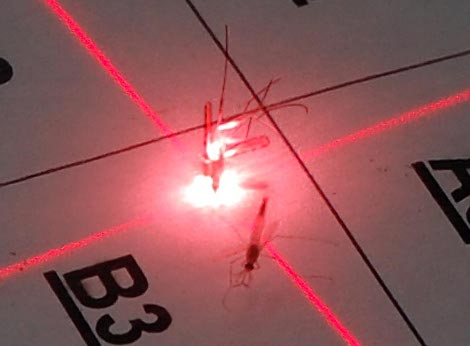[Chris Anderson] has had many labels in his lifetime: Punk rocker. Technology editor. Best selling author. UAV enthusiast. CEO. He now will also be able to add “Space Enabler” to that list as he joins The Hackaday Prize as an “Orbital Judge”. He will be on the panel choosing the Grand Prize winner (space-goer) from the list of five finalists. He joins the cast of “Launch Judges” who will be narrowing from 50 semifinalists down to 5.
Chances are that you already know [Chris] in one way or another. His book Free: The Future of a Radical New Price was an early analysis of how free and freemium models are changing the way that businesses connect with customers. On the hardware side of things he is the author of The Long Tail and Makers, both of which discuss the specialty hardware market that we so often explore around here. He has been an editor for Nature, Science, and The Economist. He served as the Editor in Chief of Wired for nearly 10 years, and most recently he started DIYdrones, the 50K+ member community that works on open source software and hardware for UAVs and RC controlled flyers. This spawned a company called 3DRobotics, of which he is the co-founder and CEO. 3DR continues to push the frontier of Open Source Hardware for hobbyists and professional drone users.
If you’ve been on the fence until now, this should convince you to take an afternoon to enter your project idea. You have until August 20th to document your concept of an Open, Connected device. Entry is easy and requires only that you outline your idea with a 2-minute video, proposed system diagram, and four project logs which may discuss different aspects of your plan. If you make the first cut of 50 in August, you’ll already be a winner of at the least a $1000 grab-bag of electronics. You’ll also be well on your way having [Chris] study your work as you advance to a functional prototype in November.
Want a step-by-step view of putting together an entry in under 4 minutes?

















